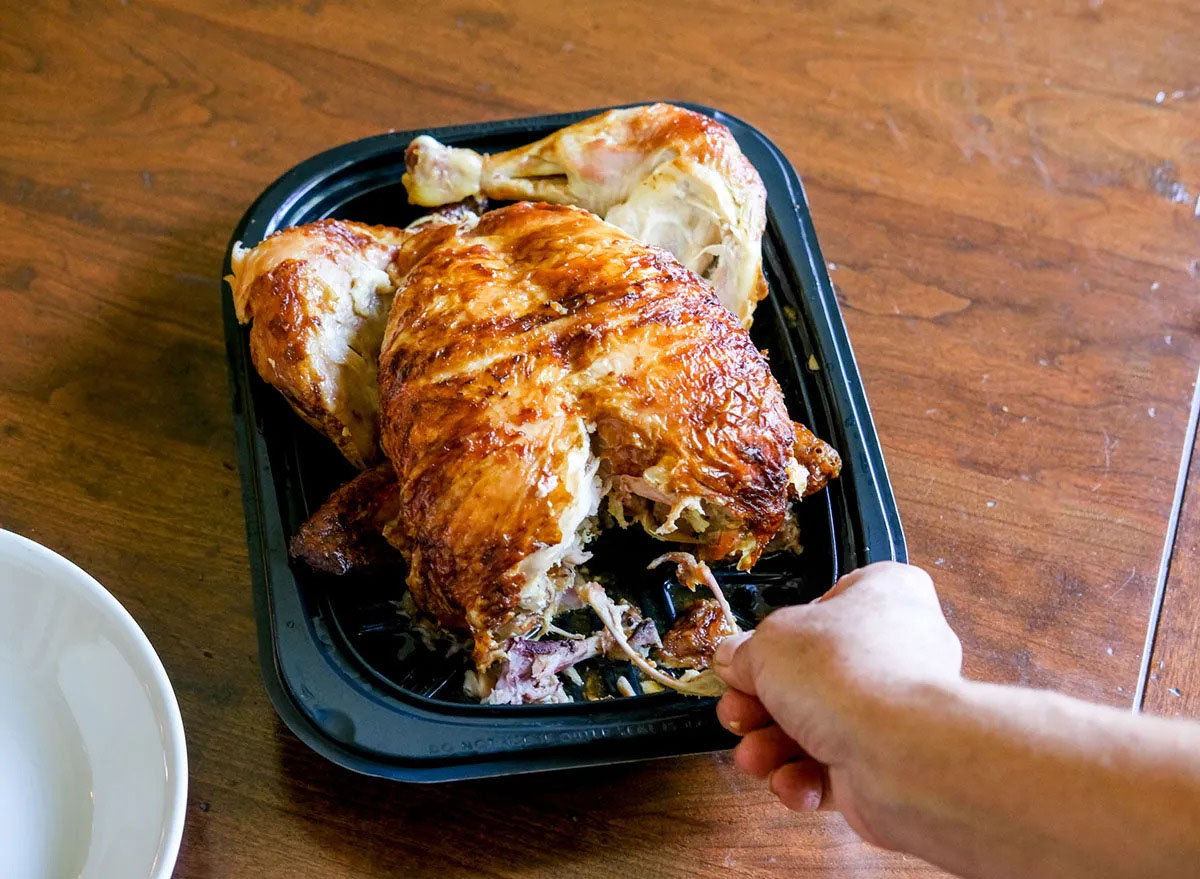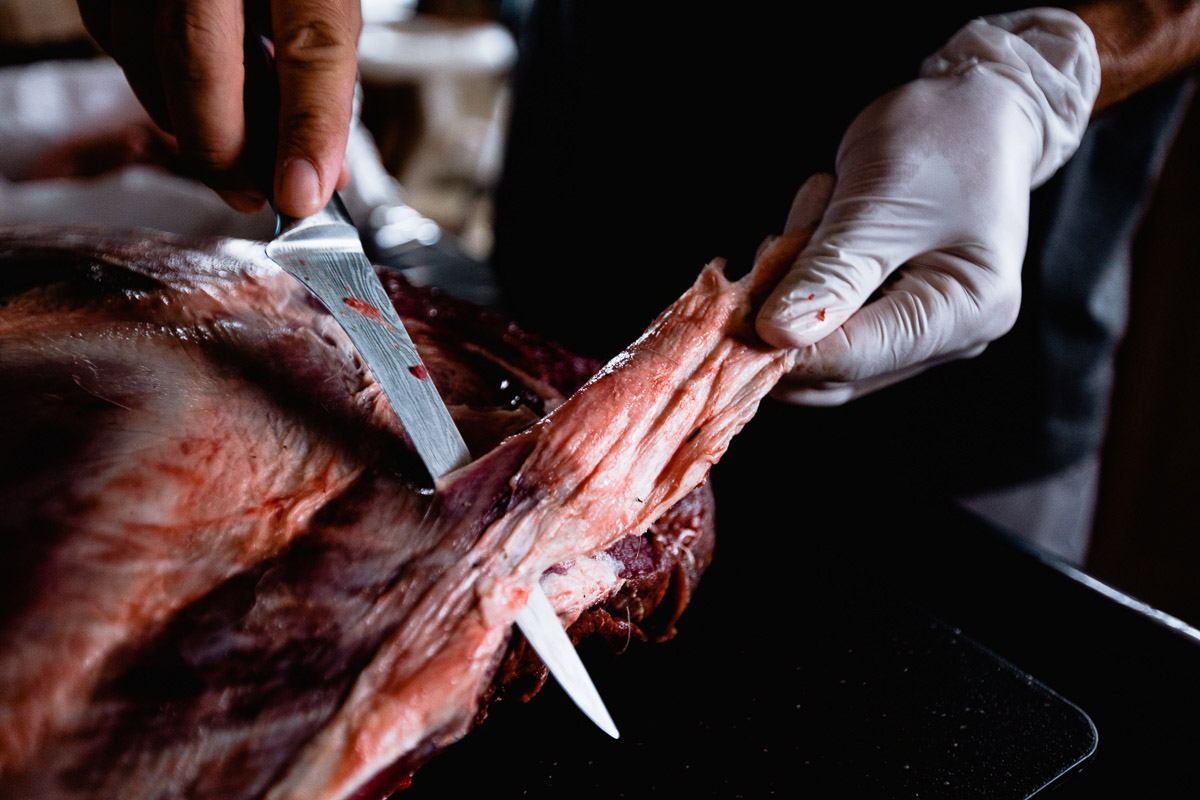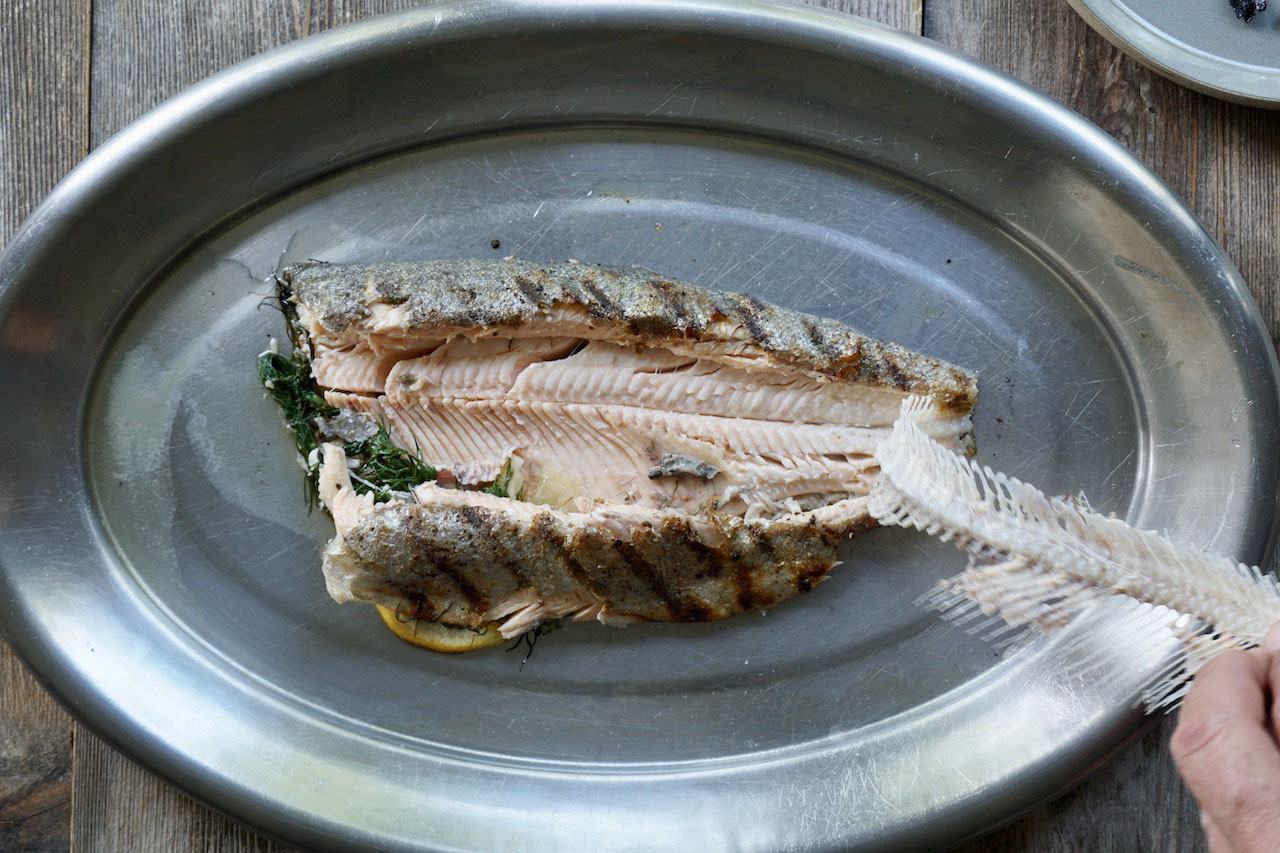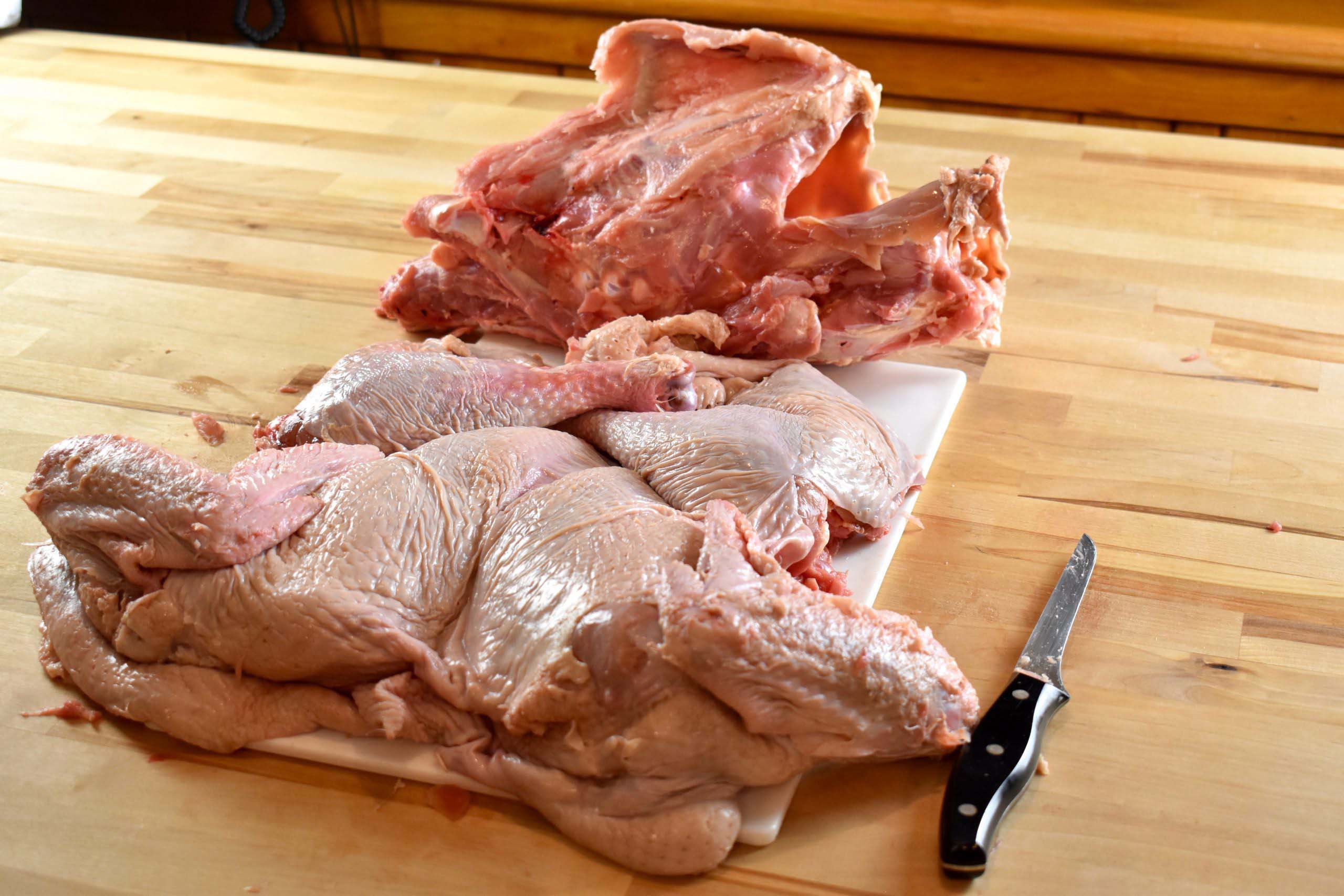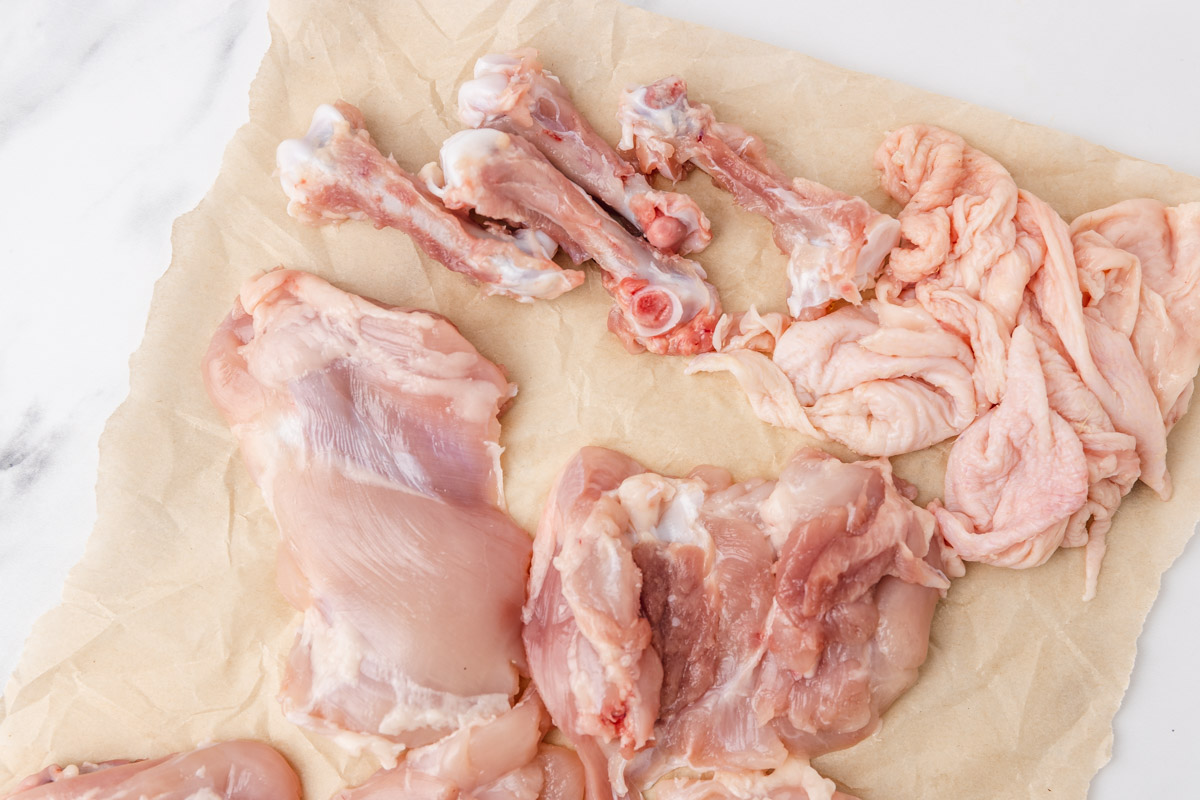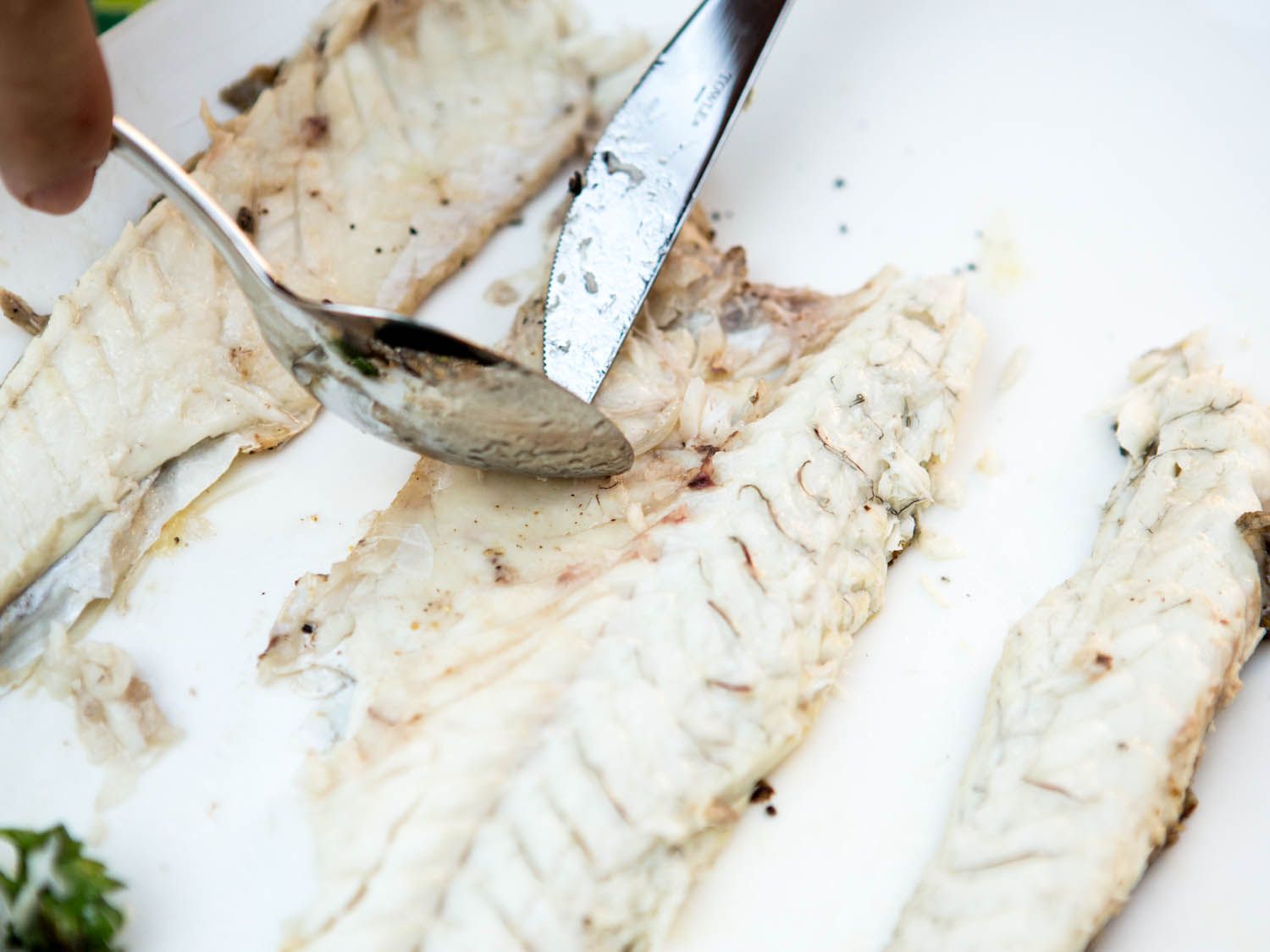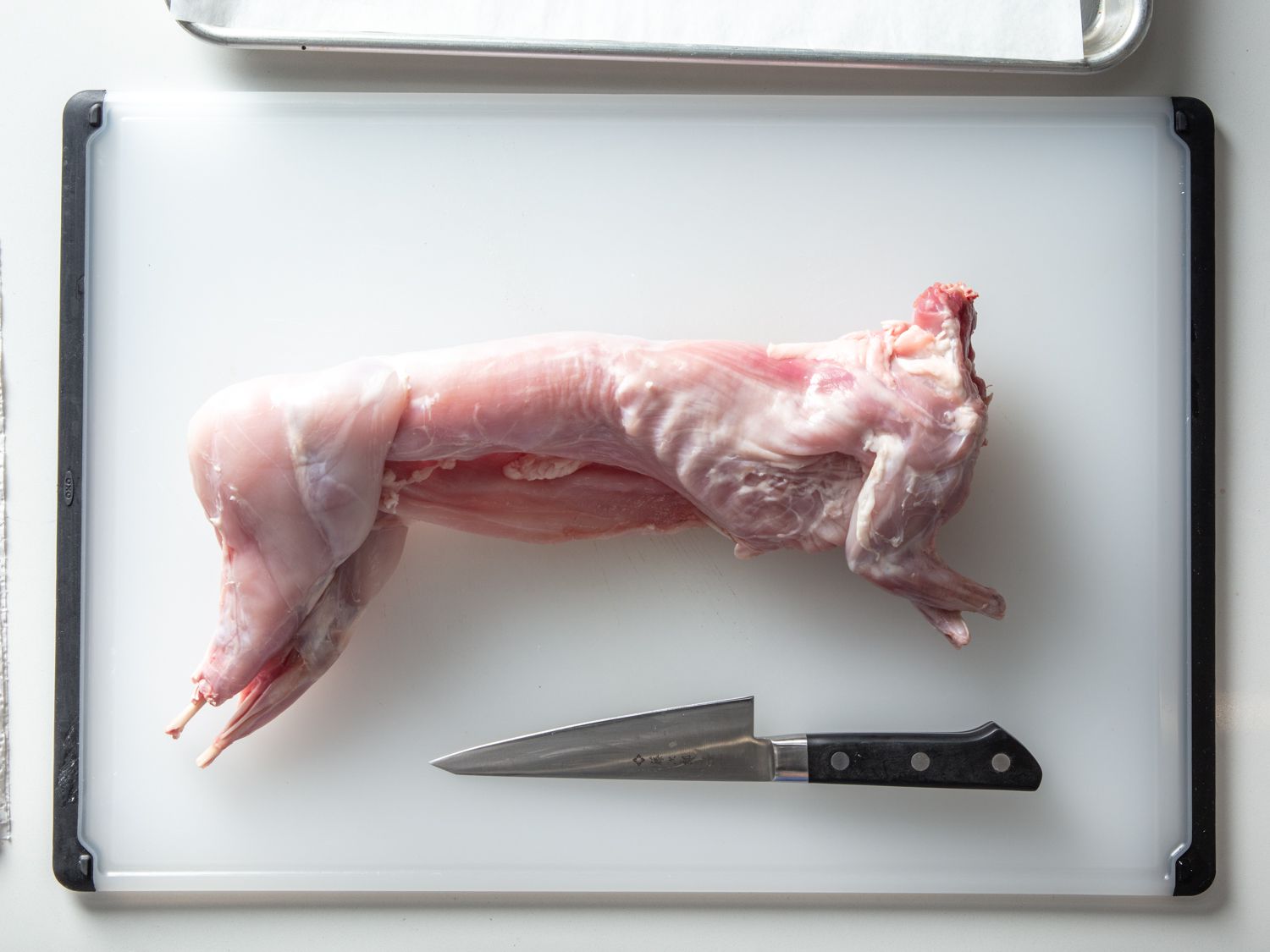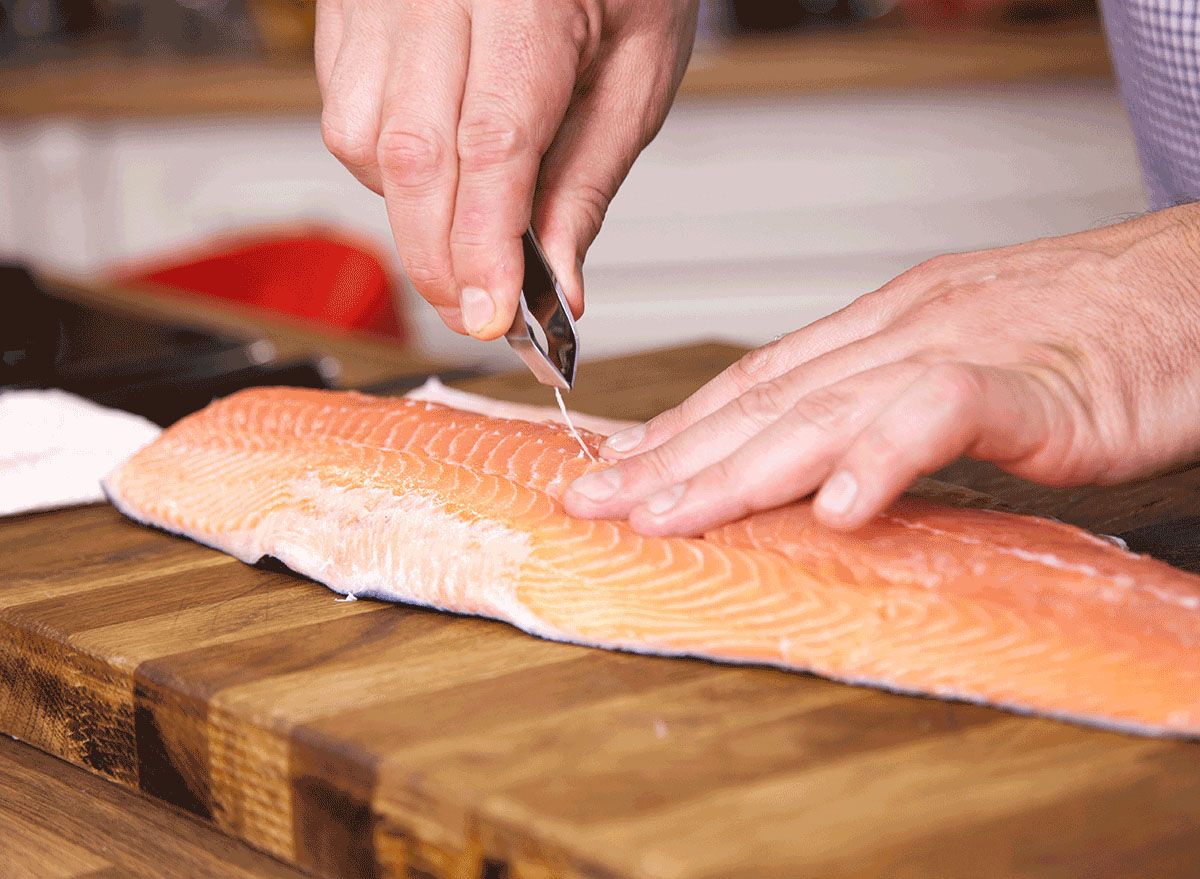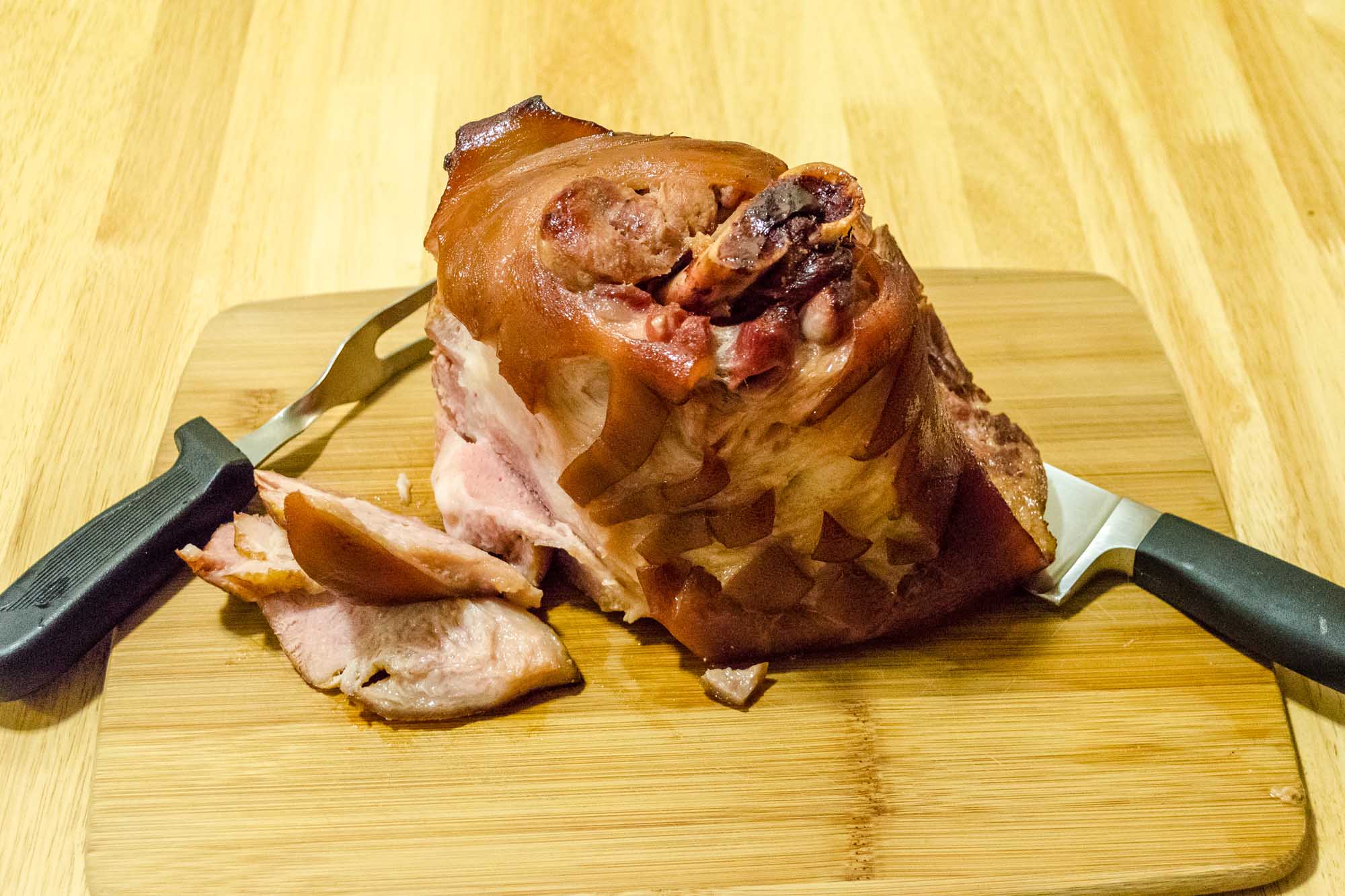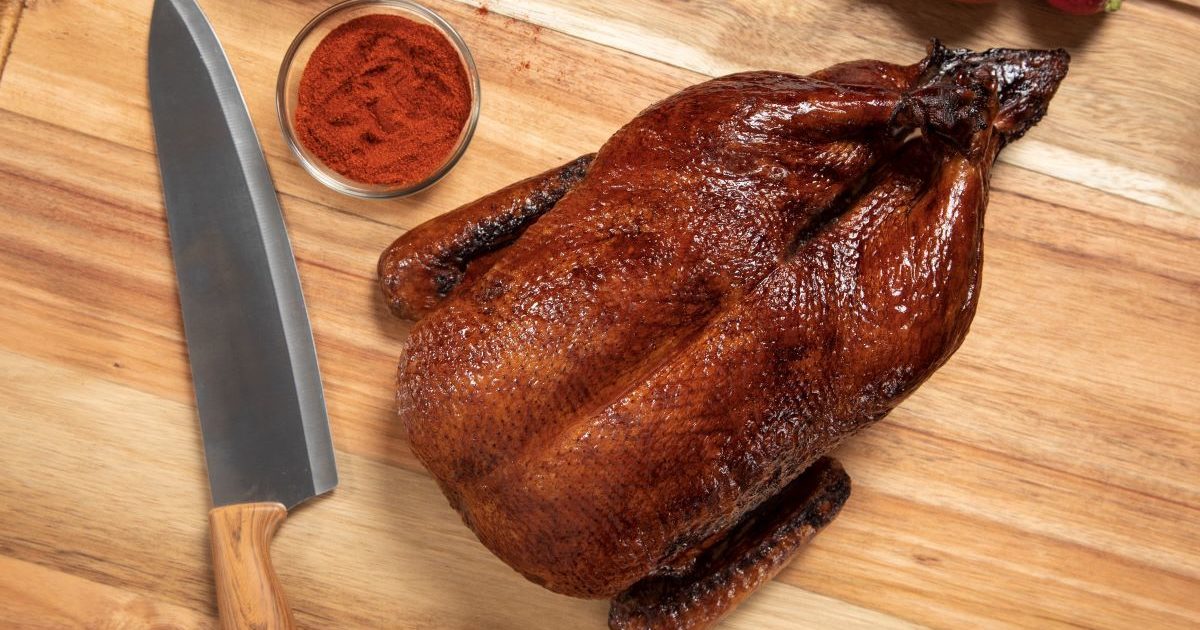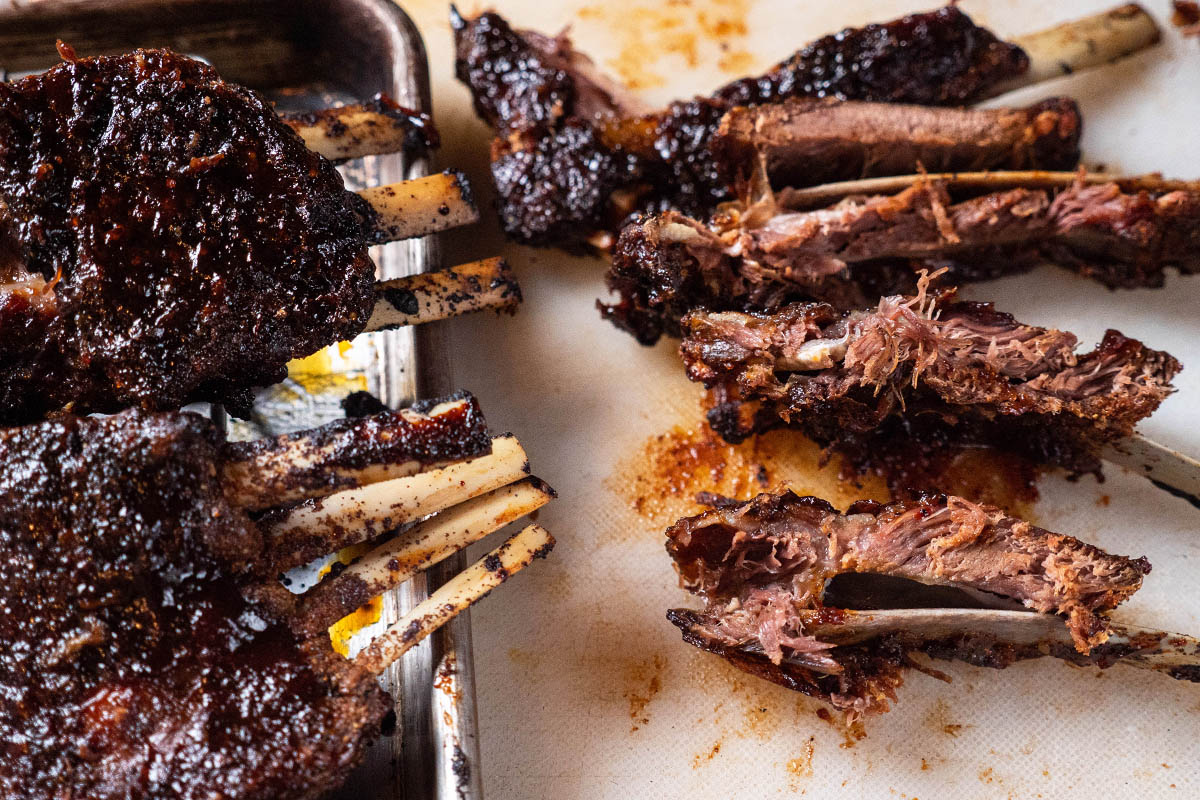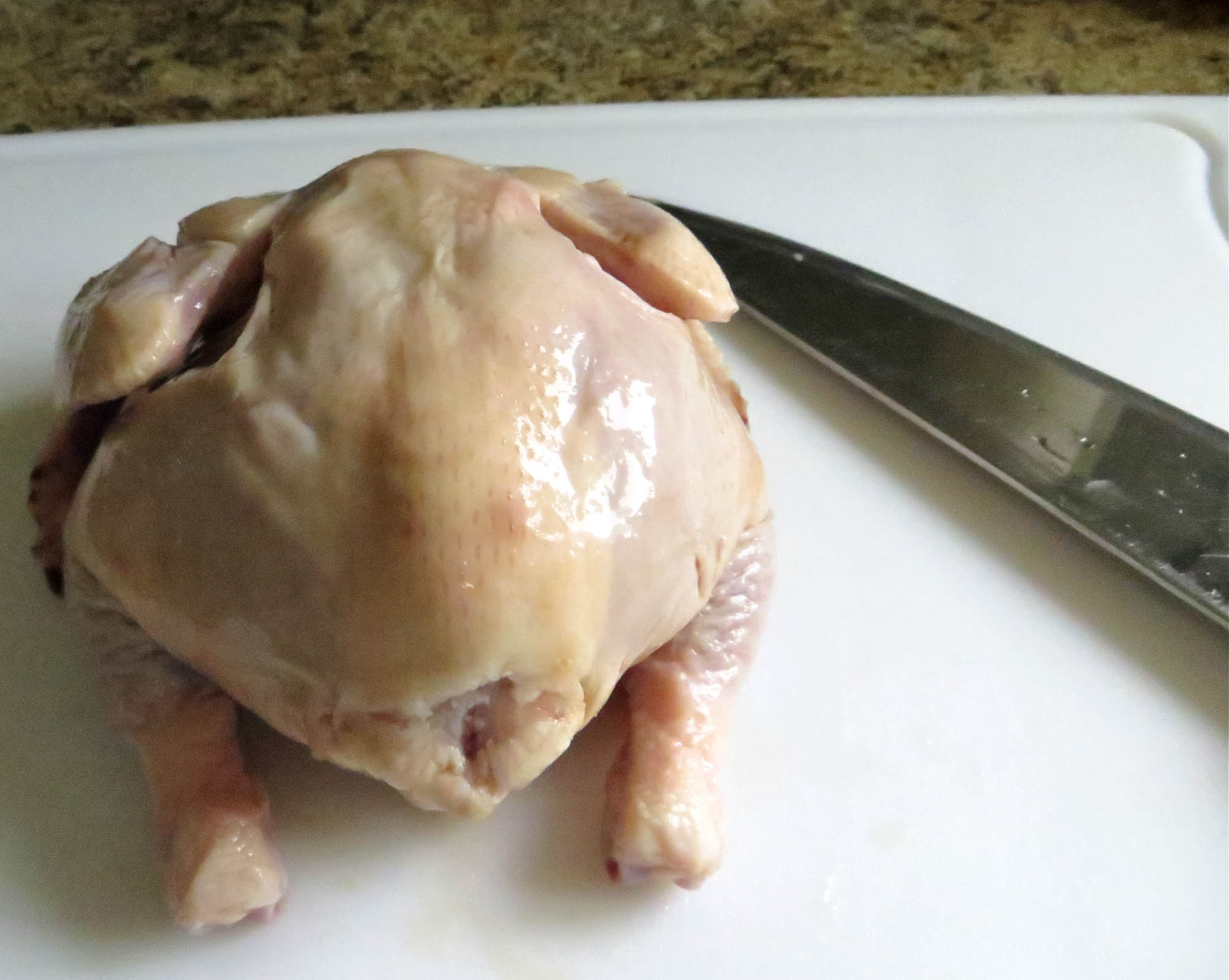Sure, here's the HTML-formatted blog post on how to debone cooked trout:
Easy Steps to Debone Cooked Trout
Trout is a delicious and nutritious fish that is enjoyed by many people around the world. One of the challenges of cooking trout is removing the bones, especially after it has been cooked. However, with the right technique, deboning cooked trout can be a simple and rewarding process. Here are some easy steps to help you master the art of deboning cooked trout.
Tools You Will Need
- Sharp knife
- Tweezers or fish bone pliers
- Cutting board
Step 1: Prepare Your Work Area
Before you begin deboning the cooked trout, make sure you have a clean and organized work area. Lay out all the necessary tools so they are easily accessible.
Step 2: Remove the Head and Tail
Place the cooked trout on a cutting board. Use a sharp knife to carefully remove the head and tail of the fish.
Step 3: Make a Slit
Make a slit along the belly of the trout using a sharp knife. Be gentle to avoid damaging the flesh of the fish.
Step 4: Locate the Main Bone
Once the belly is slit, locate the main bone that runs along the center of the fish. This is the backbone that you will be working around.
Step 5: Remove the Main Bone
Starting from the head end, use the knife to gently separate the flesh from the main bone. Slide the knife along the bone, using smooth and steady motions to separate the flesh from the bone.
Step 6: Pull Out the Main Bone
Once the flesh is separated from the main bone, carefully grab hold of the bone and gently pull it out of the fish. Take your time and ensure that you remove the entire bone without leaving any behind.
Step 7: Remove the Small Bones
After removing the main bone, use tweezers or fish bone pliers to carefully remove any small bones that may be left in the fish. Run your fingers along the flesh to feel for any remaining bones.
Step 8: Check for Remaining Bones
Inspect the flesh of the trout to make sure all the bones have been removed. Run your fingers along the flesh to feel for any small bones that may have been missed.
Step 9: Serve and Enjoy
Once the trout is completely deboned, it is ready to be served and enjoyed. Whether you’re serving it whole or using the deboned flesh in a recipe, you can now savor the delicious flavor of the trout without worrying about bones.
Deboning cooked trout may seem daunting at first, but with practice and the right technique, it can become a simple and satisfying task. By following these easy steps and taking your time, you can master the art of deboning cooked trout and fully enjoy this delectable fish.
Next time you cook trout, don’t let the bones intimidate you. With these easy steps, you can confidently debone cooked trout like a pro and impress your family and friends with your culinary skills.
Was this page helpful?
Read Next: How To Debone A Chicken?
